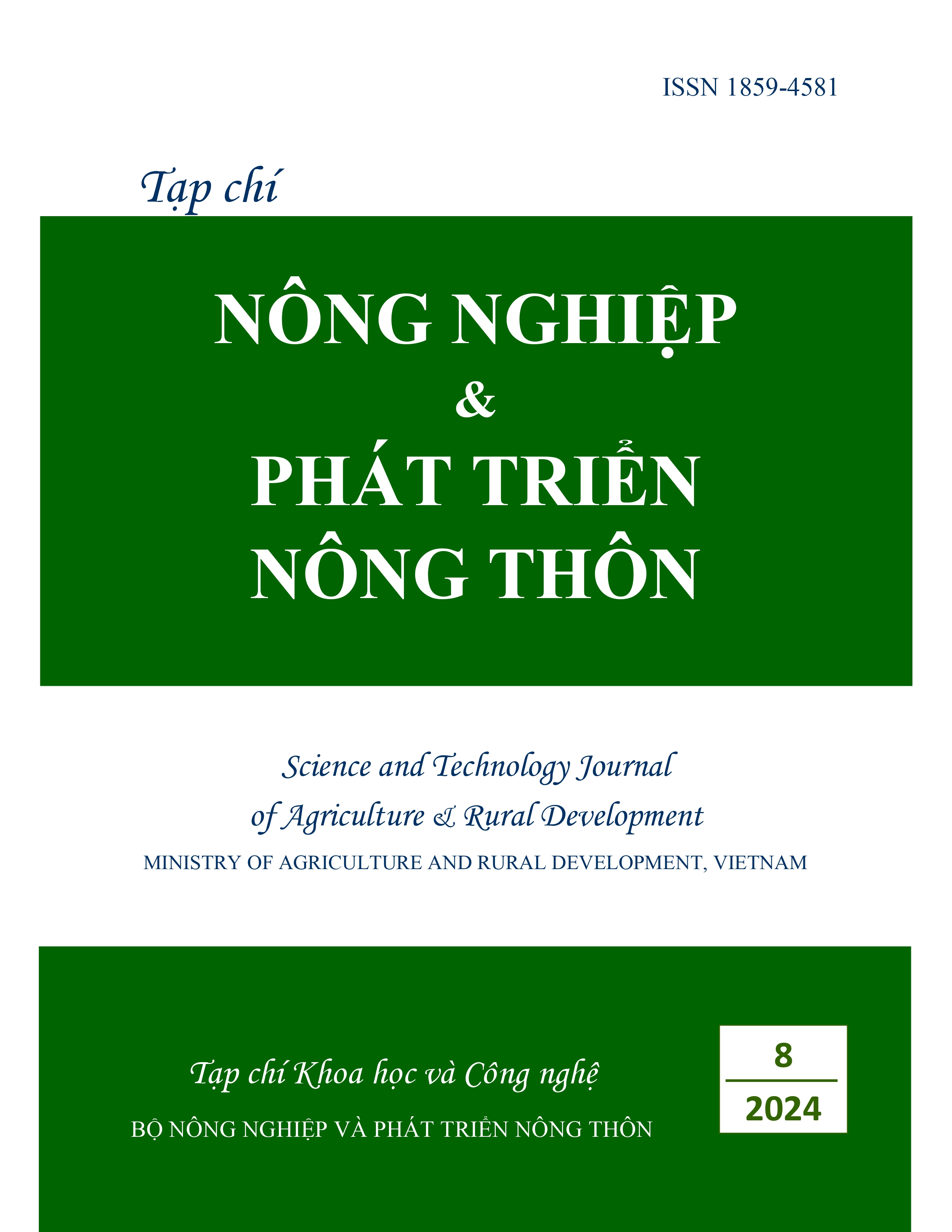CHARACTERISTICS OF THE COMPOSITION OF CLIMBS OF VEGETABLE TYPESIN KON CHU RANG NATURE RESERVE AND THE SURROUNDING AREA
DOI:
https://doi.org/10.71254/1scrx517Keywords:
Climbs, distribution, Kon Chu Rang, species composition, vegetationAbstract
The typical vegetations of the Kon Chu Rang nature reserve and the surrounding area have a relatively diverse composition of climbing plants. Survey results have recorded 27 species of lianas and vines, belonging to 26 genera, 20 plant family. The legume family (Fabaceae) is the richest in vines recorded, with 4 species, with up to 17/20 single - genus, single - species families. Climbing plants are distributed mainly in secondary vegetation, the recovery secondary forests after shifting cultivation have the highest species diversity with 20/27 species accounting for 74.1% of the total number of recorded climbs. In the secondary forest recovered after exploitation, 16/27 species were recorded, accounting for 59.3%, The grassland, shrubs with regenerated wood trees vegetation had 8 species, accounting for 30.8%. The lowest is the primary forest vegetation with only 5 species of climbing plants recorded, accounting for 18.5%. Species with medicinal value account for 70.4% of the species, many precious medicinal species such as Fibraurea recisa, Fallopia multiflora. Vines dominate the species in secondary vegetation, ranging from 70 - 85.7% of the number of climbing plant species recorded in these vegetations. In contrast, the group of liana species accounts for 80% of the total number of climbing plant species recorded in the primary vegetation. The percentage of tall trees with climbs in primary forest is only 3.5%, in recovery secondary vegetations are very high, from 26.2 - 46.2%.






